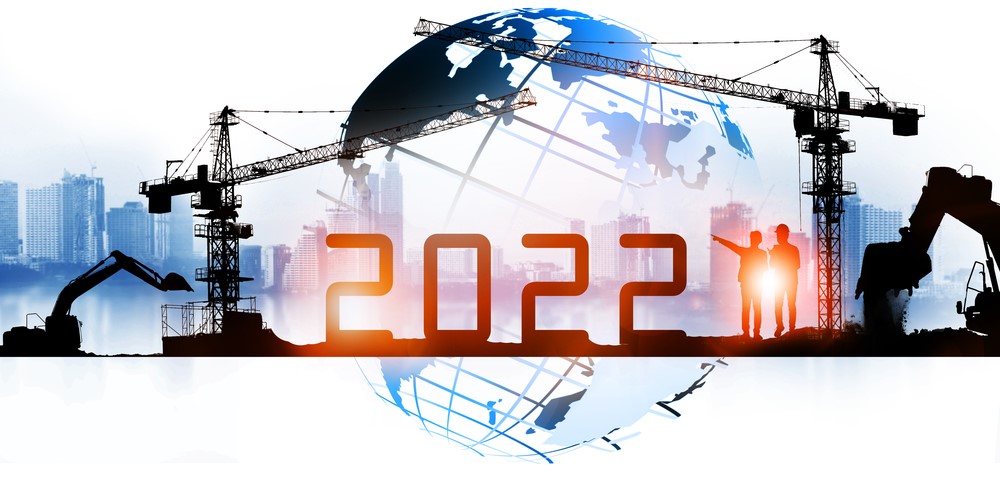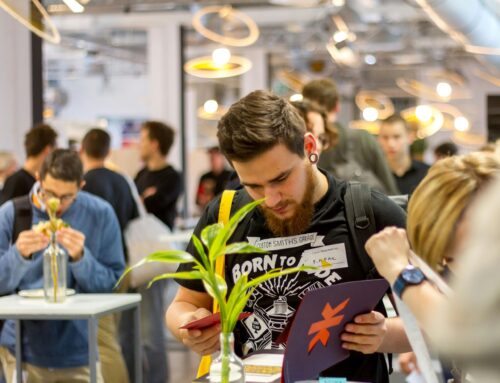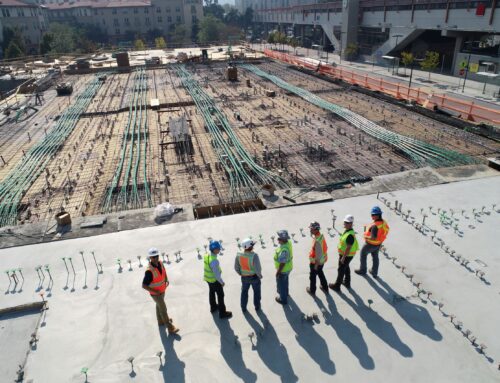
It is undoubtedly true that COVID brought many changes to industries all over the workforce. Because of COVID, we saw and continue to see:
- Supply chain shortages
- A decline in available workers
- Heightened and new safety concerns
- Material cost increases
While all these trends have affected almost every industry in some way, they have hit the construction industry especially hard. Some of these trends we will continue to see for a while. In addition, the nature of progress forecasts several other changes and trends to watch for in the coming year.
-
Rise in Technology
Without a doubt, we are seeing sweeping increases in technology in the construction industry!
- Tools like artificial intelligence and drones offer more thorough and fluid analyses of worksites and workflow. Building Information Modeling (BIM) is advancing — depicting buildings in 7-D and becoming cloud-based. Costs, materials, and schedules are easily monitored, promoting more extensive and better collaboration from all team members.
- Robots can do repetitive labor tasks, such as painting, loading, brick-laying, and installing drywall. Not only does this protect crew members from body strain, but it keeps production moving if workers are scarce.
- PPE items are embedded with wireless trackers and sensors. These sensors monitor vital signs, keep track of strenuous activity and repetitive motions, and alert managers when an employee is at potential risk.
-
Modular Construction
Modularization is another burgeoning trend. Modular construction, or prefabrication, allows for components of a building to be produced off-site — often in a factory — and then be transported to a location for assembly. As a result, it reduces both cost and construction waste while saving time –even cutting production time in half! All of this moves the industry toward a more sustainable and eco-friendly future. Some analysts estimate that by 2023, modularization could become a $157 billion subset of the construction industry.
-
Labor Shortage
Truthfully, the labor shortage was an issue before COVID. The lack of qualified, skilled workers is nothing new. Baby Boomers continue to retire, and Gen Z’ers (who have been the primary target of trade schools for some time) are just now entering the workforce. Therefore, the competition to attract and retain construction employees is intense and real. Offering good benefits, incentives, inter-company growth, and high-caliber training helps attract and retain employees. In the meantime, companies are learning to maximize productivity with fewer people. (This is where those robots come in handy!)
-
3-D Printing
It sounds a little crazy, but in actuality, 3-D printing is becoming a significant factor in construction. It is proving to be particularly practical for creating detailed construction models and producing broken parts for construction equipment on site. 3-D printing is fast and affordable, making it ideal for emergency or low-income housing. In addition, parts are mass-produced without changing out machinery. 3-D printing also cuts back on waste, so this is a trend worth watching.
Many of the trends and projections for construction are on par with renewable and sustainable energy and lifestyles! At Gillmann Services, this is something we’re proud to stand behind. Focusing on manufacturing, mining, and marine construction, we’re dedicated to supplying quality talent to our customers. Remember, “We Work for You!” Contact us today!






